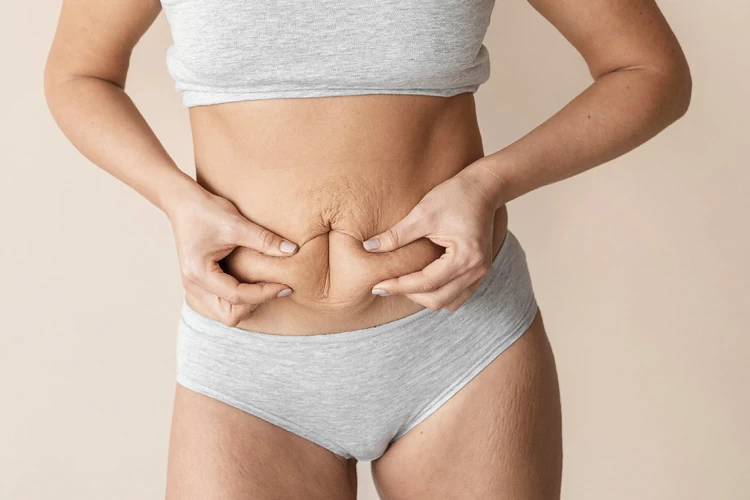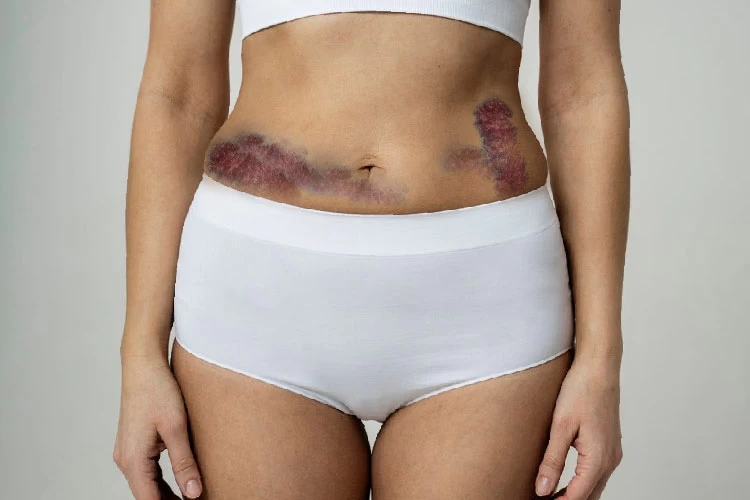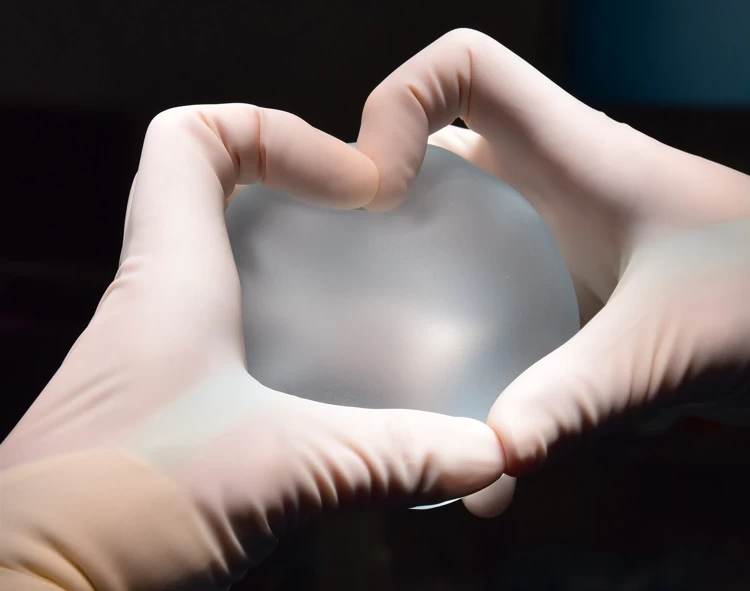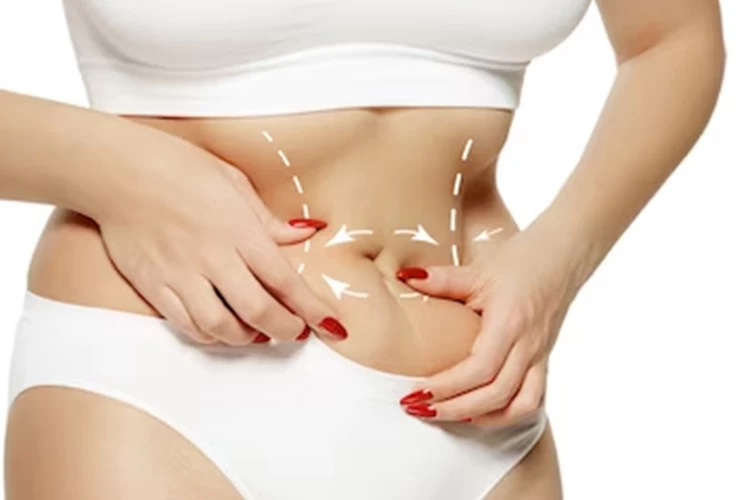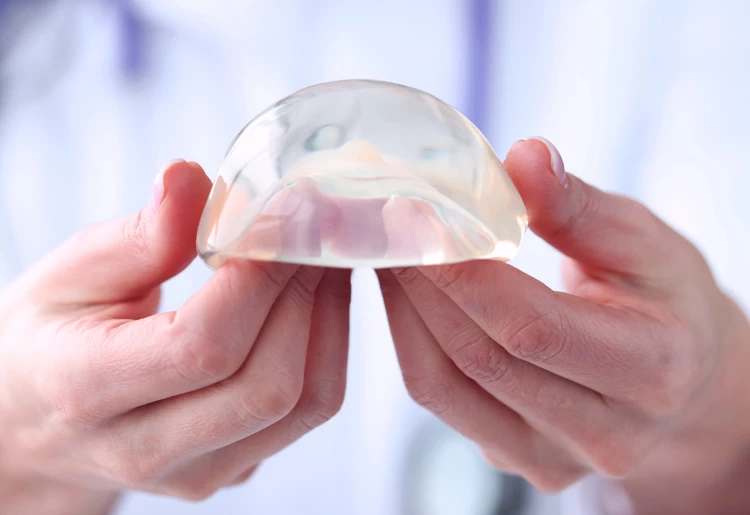Plastic surgeries can improve your appearance, boost your self-esteem, and correct medical conditions like a cleft or septum deviation. On the other hand, almost all of them are costly and involve short-term or persistent complications, such as scarring, swelling, skin discoloration, and infection.
A tummy tuck flattens the stomach and gives it a better tone by removing excess skin. However, this operation carries some risks and side effects, such as infection, scarring, seroma, hematoma, change in skin sensation, pain, fat necrosis, and excessive bleeding. Many of these complications can be prevented by carefully choosing a good surgeon and following the post-op tips.
Compression garment reduces post-lipo swelling, support the operated tissues and muscles, retract the skin, and prevent hematoma. Surgeons usually suggest wearing compression garments after liposuction surgery for six weeks to achieve better results. The size, level of compression, design, and material of the garment will be determined by your plastic surgeon.
Bruising after liposuction is natural and may last for a month, but you can reduce it by using a cold compress, avoiding blood thinner medications, taking anti-bruising supplements, massaging the operated area, drinking enough water throughout the day, etc.
Saline-filled, silicone-filled, and gummy bear implants are the main types of breast implants used in boob jobs. These implants have certain pros and cons and are good for specific candidates. You can choose the best breast implant after consulting your surgeon and taking pre-op examinations.
The surgeon removes fat and extra skin from the lower abdomen in a mini tummy tuck. This operation is done under general anesthesia and includes several 4 to 8-inch incisions. If you have stubborn fat pockets, excess skin, and loose muscles in your stomach, you are a great candidate for a mini abdominoplasty. Bear in mind that this surgery may cause pain, swelling, scarring, skin numbness, seroma, etc., as well.
Sitting directly on the buttock might be painful after BBL, so you need to sit on your thighs or put a BBL pillow under your buttock to avoid applying pressure on the operated part. You can sit and lie down normally almost 14 days after the operation.
In a reverse tummy tuck, the surgeon cuts along the lower breast crease and tightens the skin of the upper abdomen to give it a better tone. This operation is less challenging and painful than standard tummy tuck and has a two-week recovery time. However, it may cause infection, seroma, prolonged numbness, and other complications.
Breast augmentation is a procedure that enhances the size and shape of the breasts using either breast implants or fat grafts harvested from the abdomen, buttock, or thighs. Breast implants, on the other hand, are silicone or saline prosthesis placed under the breast tissue or breast muscle to give a fuller profile to the breasts.
Swelling, bruising, moderate pain, and scarring are inevitable side effects of breast reduction, but in some cases, more serious complications like infection, breast asymmetry, hematoma, and change in the nipple sensation may occur. Luckily, many of these complications can be prevented by choosing a qualified surgeon, taking medical evaluations, and following post-operative instructions.

